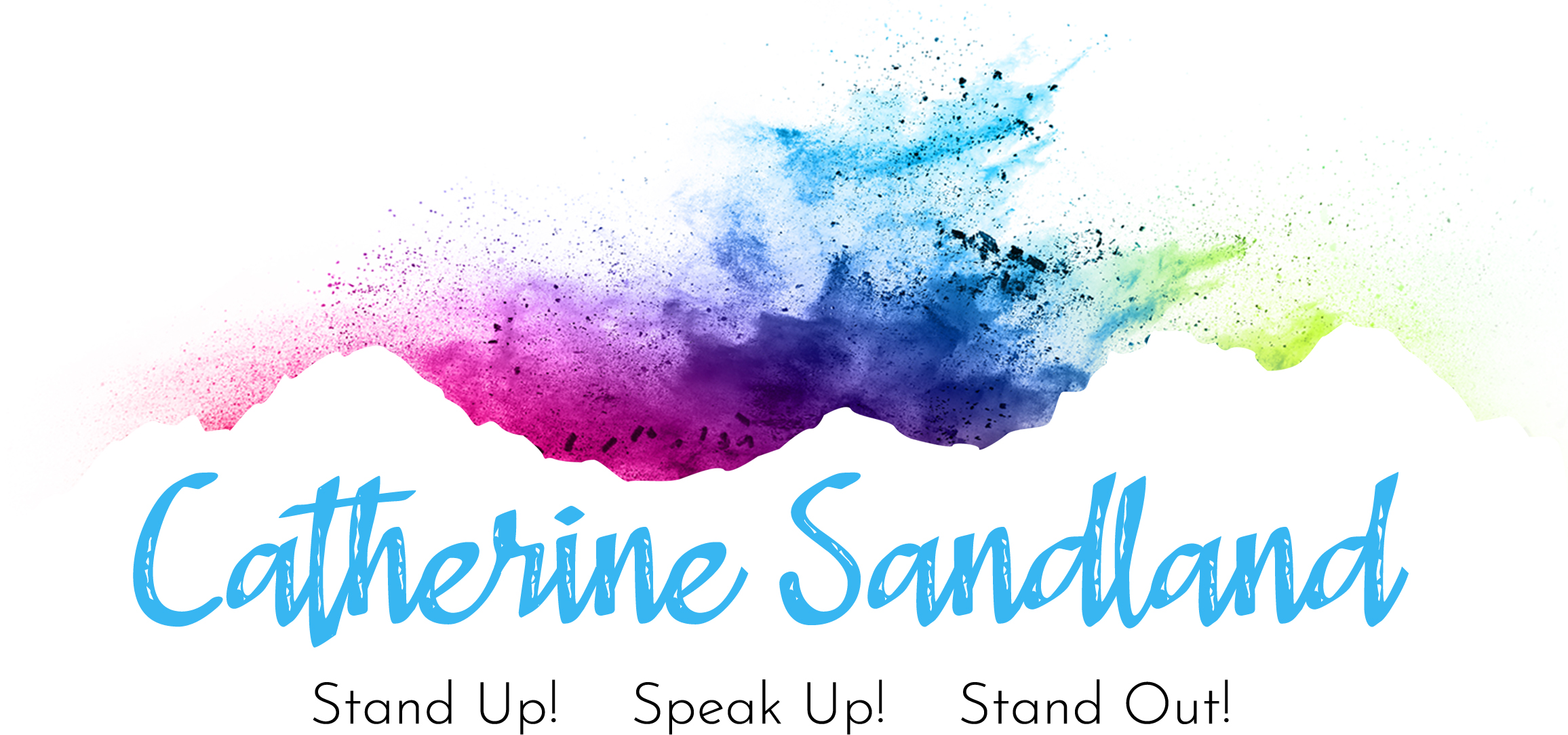Why we need hooks in presentations
This vlog is about using hooks to grab your audience’s attention.
Using hooks to capture your audience’s attention
Here’s the summary about why we need hooks in presentations, if you don’t have the opportunity to watch the video.
How presentations are typically opened
There is a very typical, very conventional way of opening up a presentation that most of us are familiar with. ‘Good morning. My name is, my company is, and I’m here today to talk to you (or even talk at you) about…’ fill in the gap.
The problem with that is that people have heard it over and over and over again. They’re expecting it. So there is nothing within that opening that magnifies or takes advantage of that higher level of attention that they’re paying, because they’re going to listen to a new speaker.
Why we need hooks in presentations
So what we talk about when we’re giving presentations is to open up with a hook. And the idea around a hook is that you grab hold of the attention of your audience and you even elevate that level of attention for your audience.
And in that way, you’ve got more chance of keeping them engaged all the way throughout and they are listening to what you’re going to say.
The reasons behind using a hook
And the first reason why we need hooks in presentations is that a hook creates a focal point for your audience. It does that in a number of different ways. When you stand up and you break away from the ‘hello, my name is’ with something that grabs hold of their attention, then they have no choice but to look at you and to listen to you.
It’s important to remember that not everybody is desperately keen to hear what you say even if they’ve chosen to come into that room, even if they’ve been invited to go into that room, the reality is inside their head could be anywhere. It could be on the row that they had with their partner that morning. It could be with the things that they need to do during the day. It could be all sorts of things.
So when you create a focal point by the way that you stand and command that part of the room that you’re standing in, and then you’re saying something that is that hook, then they suddenly your audience know how to behave, they know what to focus on, and they bring all of those unordered thoughts back into and onto your message.
Create curiosity
The second thing is that a hook creates curiosity. What’s the one thing that will keep people listening? Curiosity.
If they think they know it all, if they think they’ve heard it all before, then there is no curiosity. There’s no reason to listen. There’s no reason to engage.
Your hook can create curiosity through a story, an imagine, a statistic, or a fact, for example. And once your audience is curious about something, then they will be primed to set up to listen to everything else.
Create certainty
The third reason why we need hooks in presentations is about creating certainty. Now that might seem a strange thing, but it’s one of the things that motivates us as human beings.
If we feel very uncertain about things, it’s hard to concentrate. There’s no reason to continue to listen. But if we feel certain at the beginning of a presentation, then we can fully engage with the speaker.
And by certainty, because that might sound like it disagrees with the curiosity. But actually, this is certainty in terms of this speaker is credible. They have a right to stand up there and talk about whatever it is that they’re talking about. This content is relevant to me. It’s pitched for me. It’s been designed for me. And last but not least, it’s going to be really worth listening to. I’m going get something out of this.
So ideally, in the hook that you have, and certainly an introduction to your talk, you need to be delivering lots and lots of certainty around credibility, around relevance, and also around benefit.
Think about the hook you’ll use
So next time you open a talk or presentation, have a think about the hook and understand why you’re using the hook.
And of course, if you have any questions or would like to know about my one to one coaching, then please click here.
